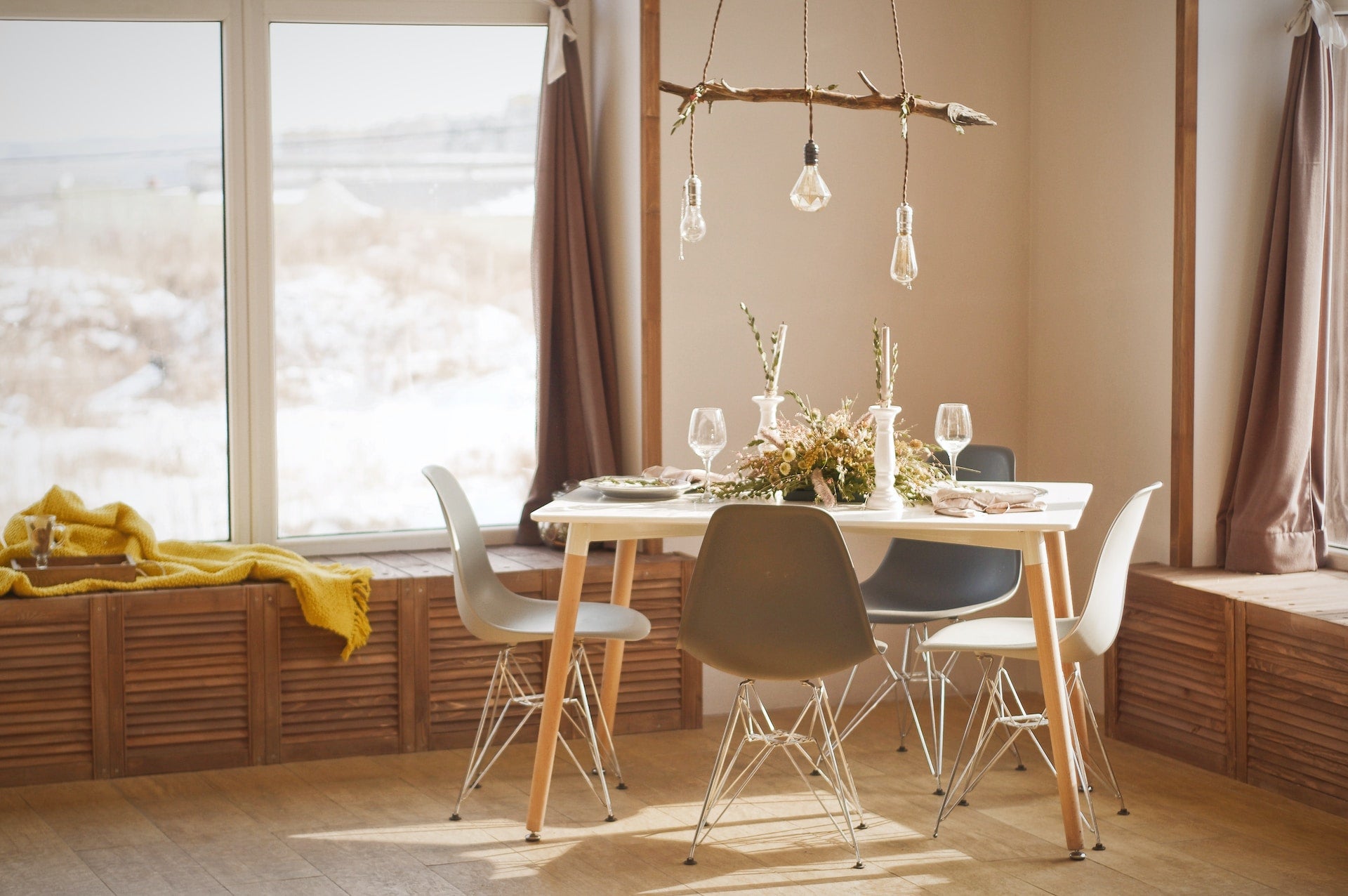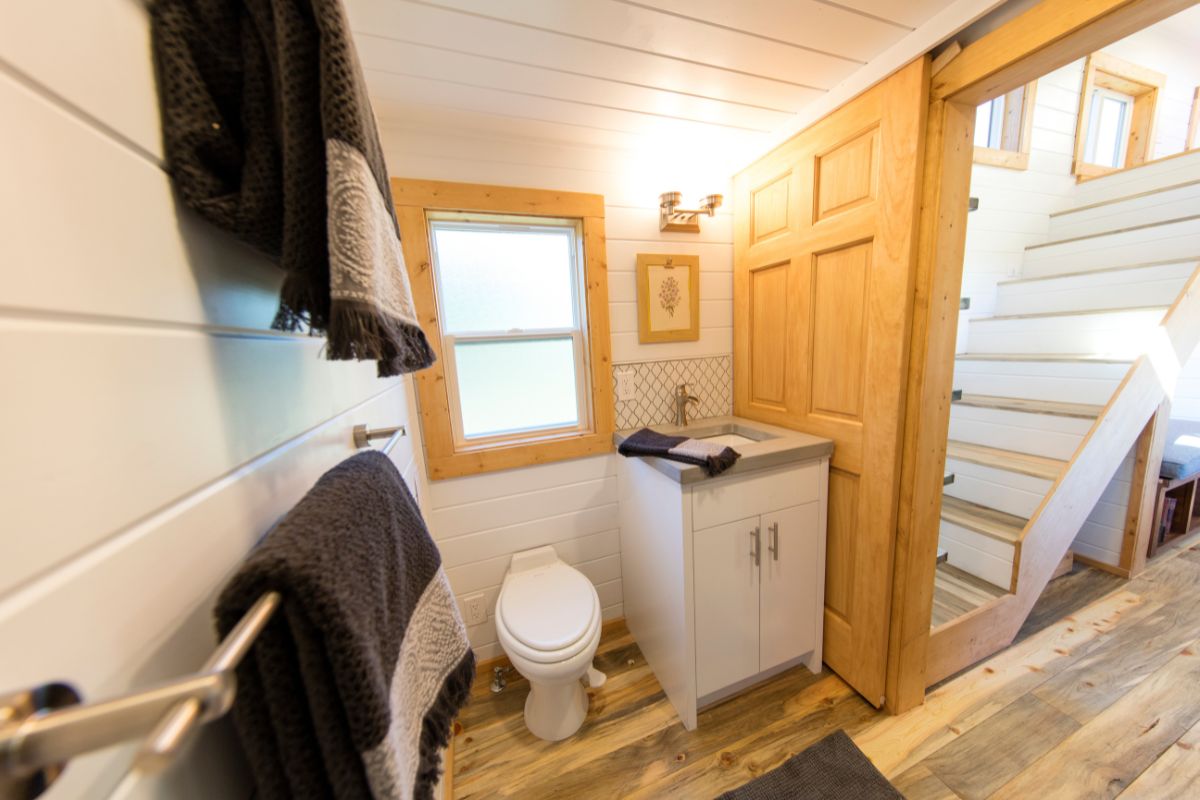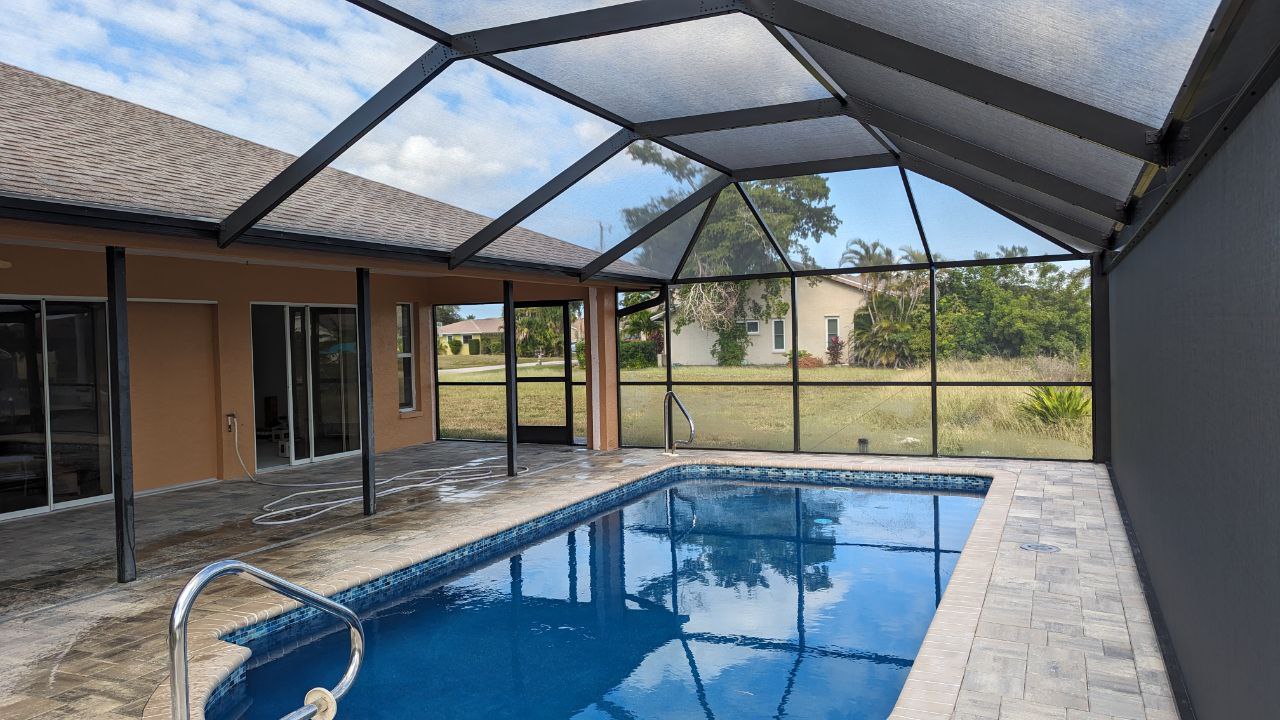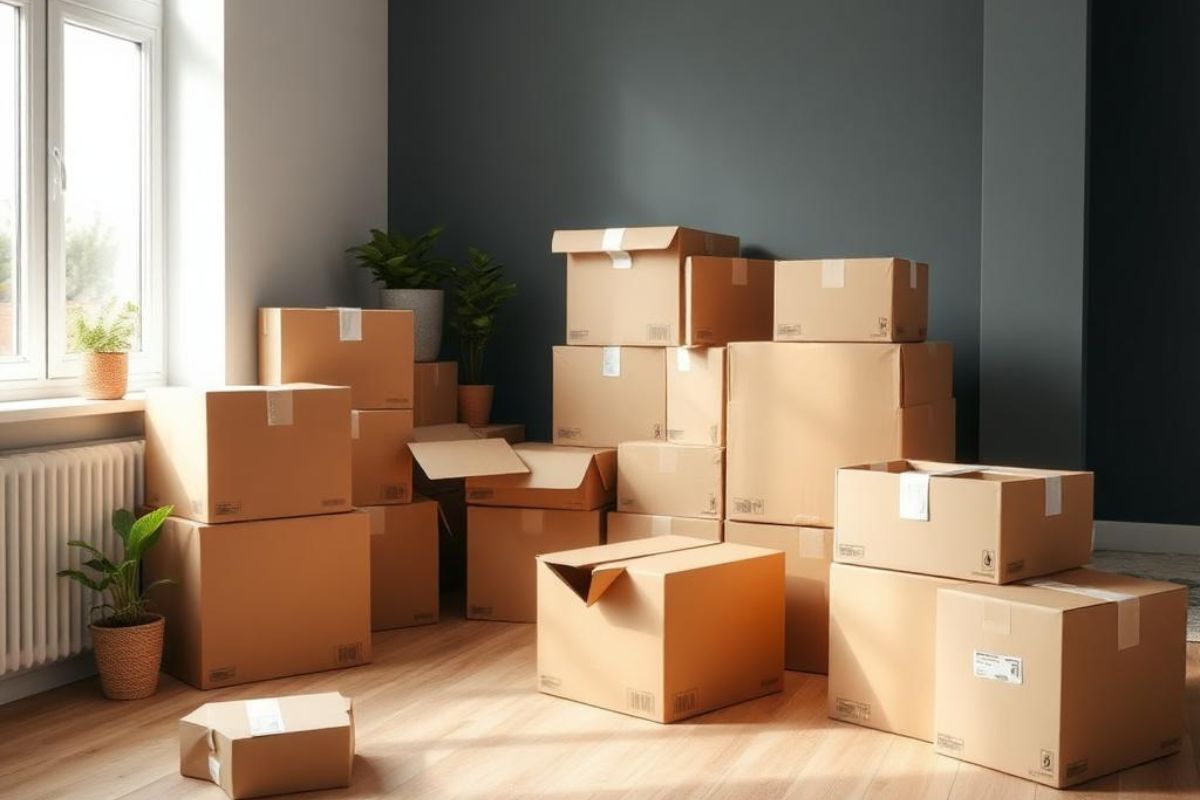Eco-friendly double-glazed windows represent a significant advancement in environmentally conscious construction methods by providing a creative and sustainable way to increase energy efficiency and comfort indoors.
Double pane windows, or double glazed windows, are specialized window systems featuring two distinct layers of glass. These layers are divided by a gap typically filled with an inert gas contributing to thermal insulation.
These ecologically conscious alternatives to standard single-pane windows have a dual-pane design with an insulating area between them, which significantly lowers heat gain in the summer and loss of heat during the winter.
This article explores the multiple environmental advantages of environmentally friendly double glazed windows, highlighting their critical role in establishing a healthier and greener future.
7 Reasons To Go For Sustainable Homes
Embracing sustainable construction methods assist not just the immediate residents but also the larger environmental and social well-being, fostering a more resilient and environmentally conscious future for future generations.
Here are seven compelling reasons why choosing a sustainable home is a decision worth making:
- Sustainable building methods lessen our environmental impact by curbing resource consumption, preserving energy, and mitigating greenhouse gas emissions.
- Energy-efficient homes are built to use less energy overall for heating, cooling, lighting, and electronics, resulting in lower utility costs and less reliance on non-renewable energy sources.
- Eco-conscious practices help preserve natural resources like water, timber, and minerals by adopting sustainable building materials and methods.
- Homes built with a sustainability focus have a smaller carbon footprint reducing dependence on fossil fuels and subsequent greenhouse gas emissions that contributes to preventing climate change.
- Green building techniques place a high value on ventilation, the use of low-toxic components, and adequate insulation, all of which contribute to better indoor air quality, which is essential for the well-being of occupants.
- Though sustainable construction may have higher initial costs, the long-term savings in energy prices and maintenance costs make it a financially wise choice in the long run.
- Sustainable homes are frequently made to endure weather changes and natural calamities, which increases their ability to cope in the face of climate-related issues.

6 Benefits Installing Eco-Friendly Double Glazed Windows
When compared to older single-pane windows, double-glazed windows offer better thermal and acoustic insulation. They are made of two glass panes that are divided by a gap that is sealed off and either filled with air or an insulating gas like argon or krypton.
Double-glazed windows have increased its popularity in both residential and commercial structures. They provide a number of advantages, including higher insulation, bigger energy savings, and better comfort.
Here are more reasons to make the switch to eco-friendly, double glazed windows:
Energy Efficient and Excellent Insulation
Due to their cutting-edge construction, double glazed windows thrive in energy conservation and insulation. This design serves as a very effective thermal barrier, greatly limiting heat movement between a building's interior and outside.
The insulating gap helps to keep heat inside during the cooler months by preventing it from leaving, reducing the demand for artificial heating. In contrast, double glazing prevents heat from the outside from entering the building during the warmer months, keeping the interior cool and decreasing the need for air conditioning.
Because of this, double glazed windows play an important role in promoting energy-efficient and ecologically friendly building practices. They result in considerable energy savings, lower heating and cooling expenses, and decreased greenhouse gas emissions.
Low-E Coatings
A crucial component of double glazed windows that adds to their features is low-emissivity coatings. These coatings are made up of translucent, microscopic-thin layers of metal or metallic oxide that are applied to one or both glass surfaces in the insulated glass unit.
Low-E coatings are primarily used to limit the amount of infrared radiation that can penetrate glass while permitting visible light to flow through. Additionally, it improves insulation in the winter by reflecting warmth back into the space instead of allowing it to escape through the window.
But in hot weather, the coating deflects a significant amount of the sun's heat away from the structure, keeping the interior cooler and lowering the demand for cooling systems. Low-E coatings considerably increase the energy utilization of double glazed windows by controlling heat transfer effectively.
This results in lower energy consumption, cheaper utility costs, and a more comfortable living or working environment throughout the year.
Recycled Materials in the Manufacturing Process
The use of recycled resources in the making of double-glazed windows is an example of a company's dedication to environmentally responsible and sustainable building methods.
Manufacturers are realizing the value of obtaining products with fewer emissions in order to lessen their environmental effects. The window frames frequently employ recycled materials like recycled aluminum or uPVC.
Adding recycled material does not degrade the effectiveness or quality of the double-glazed windows. Instead, it strengthens the windows' green credentials, making them a desirable option for green-conscious clients looking for green alternatives for their homes or businesses.
VOC-Free Sealants and Adhesives
In order to prioritize both indoor air quality and environmental sustainability, VOC-free sealants and adhesives are a critical component of eco-friendly double glazed windows.
VOC-free sealants and adhesives have been created to reduce or eliminate dangerous emissions. The indoor air quality of a home or building is considerably enhanced by choosing VOC-free choices for the installation of double glazed windows, enabling a more healthy and secure living environment for occupants.
A more eco-aware construction sector is aided by the use of VOC-free sealants, which is in line with sustainable building principles and lessens the impact on the environment. Therefore, double glazed windows with VOC-free sealants and adhesives offer great energy savings and insulation while also promoting both occupant health and environmental preservation.
Long Lasting and Robust Material
Double glazed windows are a sensible and affordable investment for both homes and building developers due to their lifetime and durability. These windows are made to survive the test of time and a variety of environmental conditions since they have a sealed gap between two glass panes.
The sealed design reduces the chance of condensation and the possibility for fogging or mold growth by preventing moisture from entering the gap between the panes. The frames' robustness and resistance to damage brought on by exposure to the weather are further ensured by the use of premium components in the construction..
Furthermore, as double glazed windows are produced in accordance with strict industry standards, they are resistant to common stressors like thermal expansion and contraction. Since they are less likely to warp, crack, or go out of alignment over time. This increases their longevity and ensures that they continue to work over time.
Because of their durability, double glazed windows need to be replaced or repaired less frequently, which lowers the long-term maintenance expenses for building owners and homeowners. Double-glazed windows are an environmentally friendly solution due to their long lifespan, which not only reduces money but also cuts down on waste production.
Eligible for Incentives and Green Building Certifications
Governments all across the world are beginning to understand the significance to encourage energy-efficient building techniques. Many governments provide various financial incentives to promote the use of energy-efficient windows, particularly double glazed windows, as part of their attempts to encourage environmentally beneficial decisions.
These incentives can lower the up-front expenses for property owners and construction developers and may take the form of tax deductions, discounts, grants, or low-interest financing choices.
Double-glazed windows also frequently aid in obtaining green building certifications like Leadership in Energy and Environmental Design or Building Research Establishment Environmental Assessment Method, which honour structures with exceptional environmental performance.
Obtaining these certifications can increase a building's worth, increase its marketability, and show a dedication to environmental responsibility, making it a desirable alternative for environmentally aware renters and buyers.
It’s Time To Go Green!
Eco-friendly double-glazed windows are an essential step toward environmentally friendly and durable buildings. Their two-pane design, which features an insulating space between the panes, has many benefits, including improved thermal and acoustic insulation, decreased energy use, and decreased greenhouse gas emissions.
By selecting these windows, people and organizations may help create a healthier and more environmentally friendly future by saving resources, lowering their dependency on non-renewable energy sources, and safeguarding natural ecosystems.
Sustainable houses offer many advantages beyond immediate comfort and cost savings, with eco-friendly double-glazed windows as a vital component. Using sustainable building methods, we can protect the environment, promote indoor air quality, and make our homes more resilient to climate-related problems.






Share: